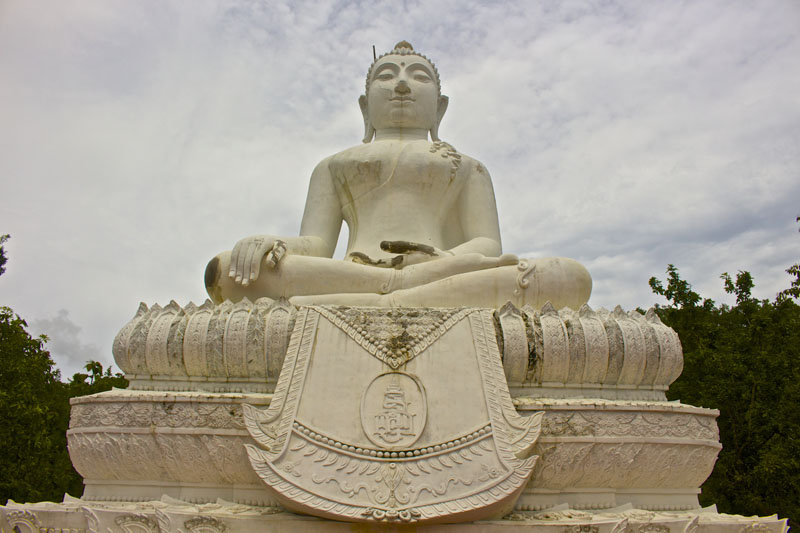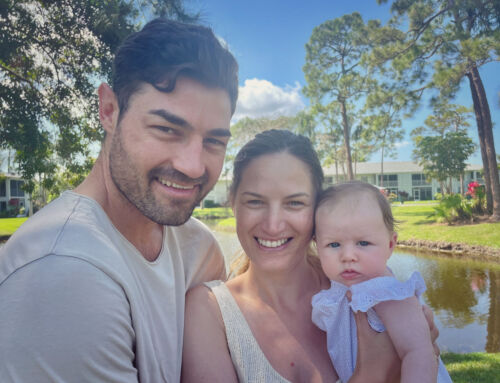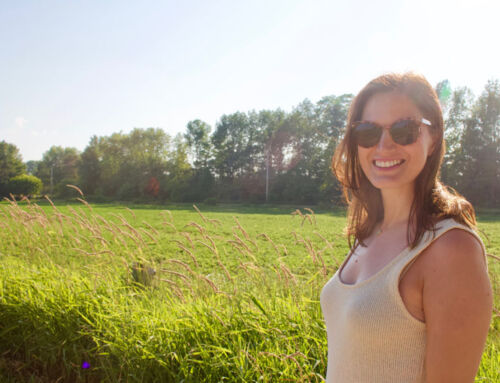A Quiet Place
When was the last time you took a break from talking? Consider a regular day for you, how often would you hear yourself talk to friends, coworkers or yourself? I mean, we’ve been humming and hawing, gurgling and spiting since we first came into the world. We developed language and have been using it to communicate on a daily basis ever since. But suppose you stopped talking for a while, for 24 hours perhaps. What happens to the human mind when our voices become silent? What happens to the mind when we are put into a quiet space surrounded by nature, with no possessions, no Wi-Fi, no traffic, no pollution and no city lights. The only sounds you hear (aside from the meditation and teachings) is the wind, the birds, the bugs and surrounding streams. All stimulating distractions are removed. No more billboards, advertisements, radio, magazines, politics, social media, Podcasts, televisions, restaurants or friends. Just you!
You have been given a unique opportunity to de-clutter your mind, to dive into yourself. Just like an onion, you start to peel back the layers of your life, unraveling any pain and suffering that has influenced your behavioural patterns over the course of your life. It’s a chance to decondition some of the societal influences that has contributed to how you see the world and how you see yourself. Memories become vivid, motivations become clear, and you see life from a whole new perspective. The clouds, the rain, bees, ants, plants and any other living creature will start to amuse you. You admire life’s creations, as if seeing them for the first time, fascinated and left in awe. On a deep level, you feel connected to yourself, to the earth and to those you love. Like leader, teacher and guru S.N Goenka said, “When I first learned of this technique, I felt as though I had been wandering in a maze of blind alleys and now at last had found the royal road.”
What is Vipassana?
Vipassana is a meditation technique that originated in Burma, in Buddhist terms it means ‘insight into the true nature of reality.’ Or rather, to see things as they really are. It is the belief that we have the power within ourselves to be freed of misery, liberated from all pain and suffering. Essentially it is a tool used to reach enlightenment, or something close to it. Vipassana teachings is practiced and offered worldwide at various meditation centres, welcoming anyone who is open to learning the technique. While there are different durations you can apply for, the minimum and most common for beginners, is 10 days. The schedule over the 10 days is very structured from morning rise to lights out. Females and males are in separate dorms, facilities are very basic, you meditate for 8-10 hours per day and all meals are Vegan. You are expected to handover your electronic possessions, refrain from reading, writing, substance intake, and speaking. You are not to make eye contact with anyone but staff on site, and only if you have inquiries about the material. You have an allotted time each day when you can talk to the lead teacher about problems or questions that may arise. Every evening, you watch a video recording of S.N Goenka, explaining the technique in great detail to support you along the journey. On day 10, you are able to converse verbally with others and exchange experiences.
What are the challenges?
As a beginner, with little experience in meditation, I found parts of it very difficult. In early days, the biggest challenge was getting comfortable while seated. I had dry eyes and an achy back from sitting for so long. My suggestion is to have cushions beside you for support. While everyone is different, my pain seemingly vanished after day 4, at least physically. Additionally, going into the depths of your mind isn’t any easy task. As the days go by, you observe your breath and start to sift through all the surface level distractions that keep your mind occupied. Slowly, you begin to gain insight into your subconscious. Often this means re-living some tough moments in your life. The idea is that when these memories come to mind, instead of attaching to the misery of the experience, you just observe it with no reaction and let it dissolve away. This part of the healing process is on an experiential level, which is why it is so effective. However, I took much comfort in knowing there was teachers and staff on site to offer support if needed. Also, the mind likes to wander away from your breath, so you start thinking about anything and everything besides observing your breath. Vipassana teaches you that it’s okay for the mind to wander. Again you observe that you are doing that, and then let it pass.
How do you feel afterwards?
You feel incredible. You feel light, happy, and empowered. You feel like you can achieve whatever you set your mind to. You feel little attachment to anything. You feel free! It takes a lot of self-discipline to maintain the practice once you’re back into the real world, but if you can, it is possible to keep that feeling. Vipassana gives you the tools to keep practicing outside of the centre. Admittedly, I haven’t been practicing much meditation since I got out, but I couldn’t recommend this enough. Do yourself a favour and apply. There is no fee for the service. You simply offer a fair donation at the end of the 10 days.
Here is the link for Vipassana mediation centres as taught by S.N Goenka: https://www.dhamma.org/en-US/about/vipassana
For more information read: The Art of Living: Vipassana Meditation as Taught by S.N. Goenka
Thanks for reading!









